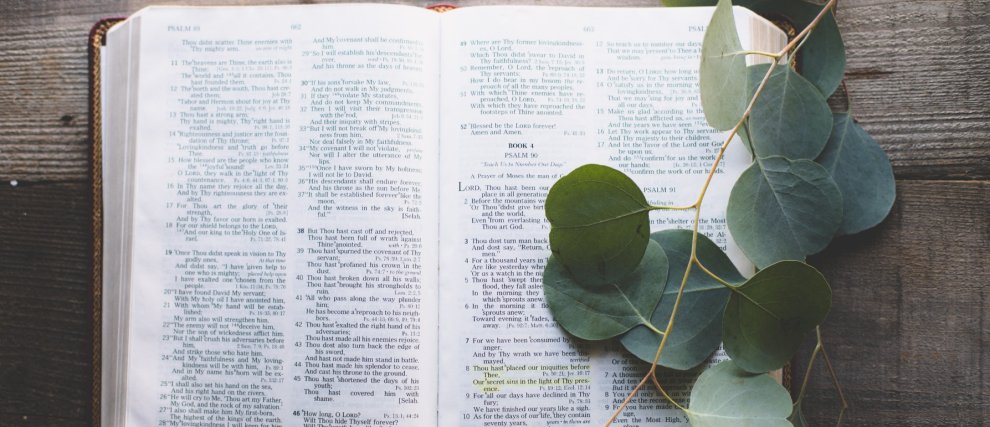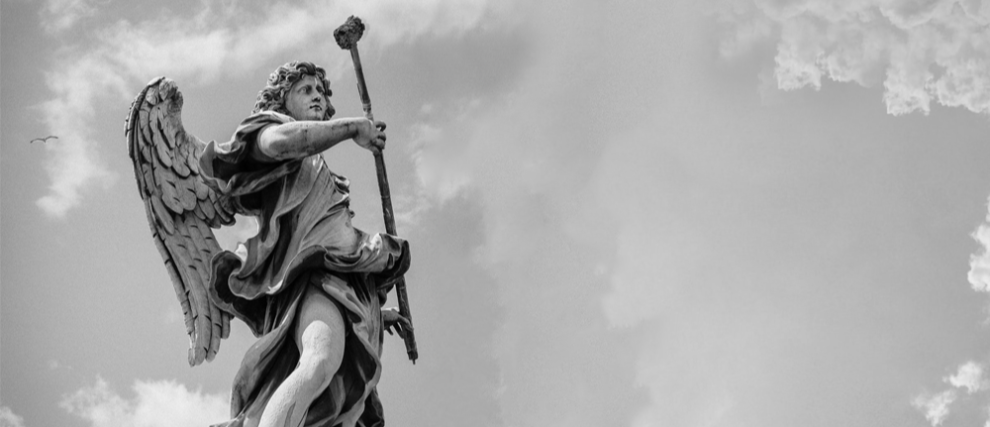Saint Gregory of Tours
“Thanks to the teachers of my adolescence, and to the taste they inspired in me for Christian studies, I had the remarkable happiness of knowing the Redemption of the world by Our Lord Jesus Christ and the ineffable graces reserved for those who follow him carrying his cross.”
Born in Clermont in the 6th century, Gregory came from an aristocratic family, arderne on his father’s side and ecclesial on his mother’s. A fervent believer, he went to Tours to be healed by Saint Martin. He remained there in Tours to become bishop. Passionate about history, especially the Franks and the Saints, he left behind many treatises, multiple hagiographies, as well as other ecclesiastical works. He is considered the first historian of France.
(Discover other saints and blessed people of the Church in the Guide to Saints)
Here are beautiful prayers of intercession where we can evoke Saint Gregory.
The Life of Saint Gregory, Bishop of Tours
Georges Florent Grégoire was born in Clermont, Auvergne, in 538, into a noble family of senators and bishops. A nephew of the bishop of Clermont, great-grandson of St. Gregory of Langres, and great-nephew of St. Nizier of Lyon, he counted among his pious ancestors one of the martyrs of Lyon, of the time of St. Blandine, and St. Pothinus. He healed his father several times through dreams where an angel appeared to him. However, his father died young and he was first raised by his mother in the region of Cavaillon, before being sent to his uncle Gall I, bishop of Clermont, then to his uncle Nizier in Lyon, in 563. He was passionate about the Holy Scriptures.
Of fragile health, he was first cured of stomach aches at the age of 14 by the intercession of Saint Alyre. He promised God that he would enter into his service. Then, at the age of 24, Saint Martin healed him of malignant pustules during his first visit to Tours, despite the protests of his relatives who brought him to Tours. Later, he regularly surprised desperate doctors with his healing by asking for the dust from the tomb of Saint Martin, which miraculously healed him.
He was then appointed deacon and practiced in Brioude. He regularly went to Tours on pilgrimage. Appreciated by the Tourangeaux and the king of the Franks Sigebert I, he was appointed bishop of Tours in 573 by the bishop of Reims, Egidius. He then focused on reforming his clergy, restoring the cathedral, and building other churches. He helped the poor and sick.
The kingdom of the Franks was then torn apart by the internal quarrels between the descendants of Clovis. The latter, especially Chilperic, who succeeded Sigebert by marrying his widow, tried to bring the bishop to heel, which would benefit existing power structures that sought to deny and belittle the Church. But Gregory refused to give in and defended his people, as well as the integrity of the Church. In particular, he defended the bishop of Rouen, Saint Praetextatus, who had validated a marriage contrary to the interests of Chilperic, and whom the latter sought to discredit. Full of integrity and appealing to God and his conscience, Gregory refused the attempts to bribe and intimidate by Chilperic and his wife Frédégonde. "I will do what the Lord commands me," he replied, "and I will speak according to the holy canons.
He was the victim of slander by Queen Frédégonde and a council was organized to judge him. He comes out proven innocent.
His episcopal office obliged him to travel to Gaul for his political affairs and to attend councils. Thus endowed with a lively and curious spirit, he began to write from the beginning of his episcopate. Author of the History of the Franks, a story in which the facts of the century and of the Church are intimately intertwined, he was driven by a duty of memory and a desire to show the work of Christ in history. To this is added a set of accounts of the lives of saints that fits perfectly into the popular culture of miracles and pilgrimages of the time, under the title of the Book of Miracles. Gregory venerated the saints, and in particular Saint Martin. He carried the relics of the latter on him, as well as those of Saint Saturnin. This is how he often exercised his gifts of healing and spirit discernment. Filled with humility, he considered himself unworthy to write the miracles of Saint Martin, until an order from heaven pushed him to do so. Towards the end of his life, he met Pope Saint Gregory the Great, who was impressed by his eloquence, clairvoyance and virtue, and who offered him a pulpit for his church in Tours.
Gregory of Tours died in 594 at Tours. His clergy could not consent to his tomb being established on the ground that one could walk on, as he had requested, so he was buried next to the tomb of Saint Martin. He was canonized a few years after his death.
A prayer for the Church of Saint Gregory of Tours
God our Father,
Lead your Church. May she live more and more in this world in holiness, in unity and in love. Through Jesus Christ your son, and in the Holy Spirit.
Amen.”
Continue your prayer to Saint Gregory of Tours with Hozana!
With Hozana, rediscover the saints with
regularly presenting saints to you. As you pray with the saints, you will discover the power of the communion of saints!Following on from Saint Gregory of Tours, pray for the Church thanks to this
to Saint Peter and Saint Paul.
